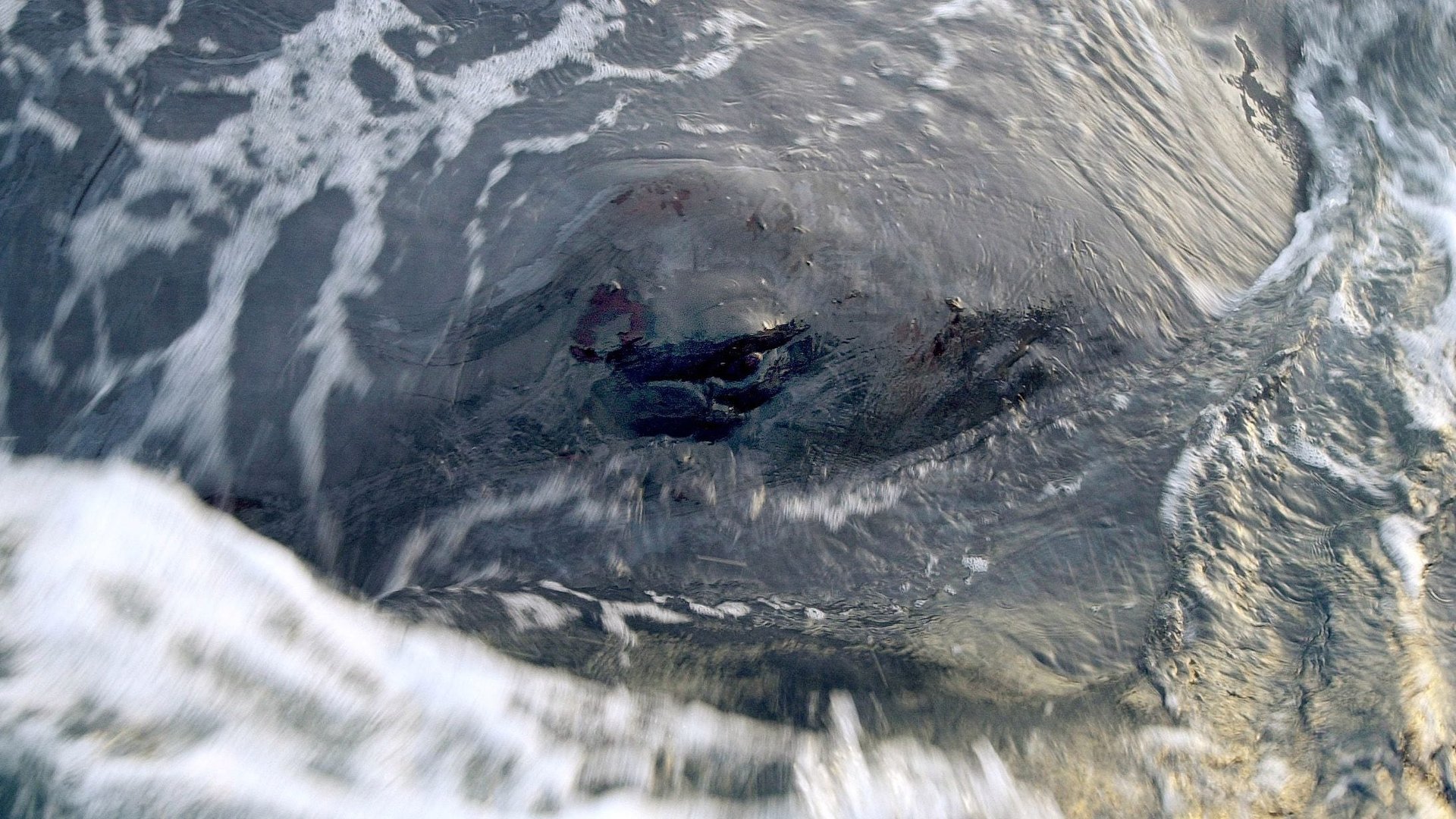A sperm whale washed up on the shore of Spain with 64 lbs of plastic and waste in its stomach
Scientists wanted to know why a young male sperm whale washed up dead on a beach in southeastern Spain in February, so they performed a whale autopsy. When they cut open the cetacean’s stomach, they found 64 pounds (29 kg) of waste, most of it plastic.


Scientists wanted to know why a young male sperm whale washed up dead on a beach in southeastern Spain in February, so they performed a whale autopsy. When they cut open the cetacean’s stomach, they found 64 pounds (29 kg) of waste, most of it plastic.
The whale—a juvenile male, nearly 33 feet long (10 meters) and weighing 6 tons—had swallowed all manner of debris at sea, including ropes, nets, plastic bags, and a plastic drum. The buildup likely blocked its digestive system, causing an infection, according to scientists at the El Valle Wildlife Rescue Center in Murcia, Spain.
The discovery prompted the local government of Murcia to launch a campaign against marine litter. The Murcia environmental department tweeted about a “#campaign to raise awareness about the danger of #marinetrash to #fauna” following the “necropsy of a stranded #spermwhale” revealing 64 lbs of garbage in its digestive system.
Meanwhile, the scope of the global problem of ocean plastic is becoming clearer (and only more worrisome): The Great Pacific Garbage Patch—a swirling gyre of plastic debris between California and Hawaii—is apparently 16 times larger than we previously thought, and the waste is accumulating exponentially every year.
Ocean plastics are killing a variety of marine life, including coral reefs. Coral feed on algae, which rely on sunlight to survive. Plastics can block the sunlight, killing off algae and, therefore, coral. In addition, when the plastic comes in contact with the coral, it can cause small abrasions that leave it more susceptible to infection.
“The likelihood of disease increases from 4 percent to 89 percent when corals are in contact with plastic,” researchers wrote in a paper published in Science in January.